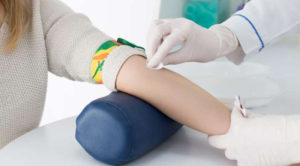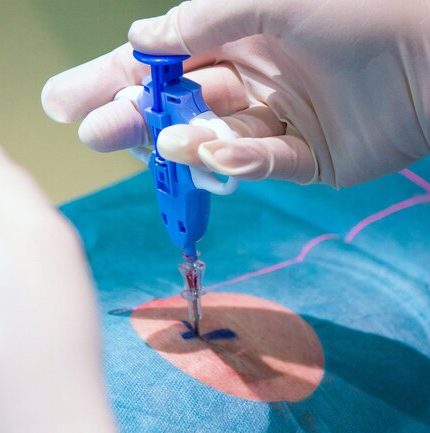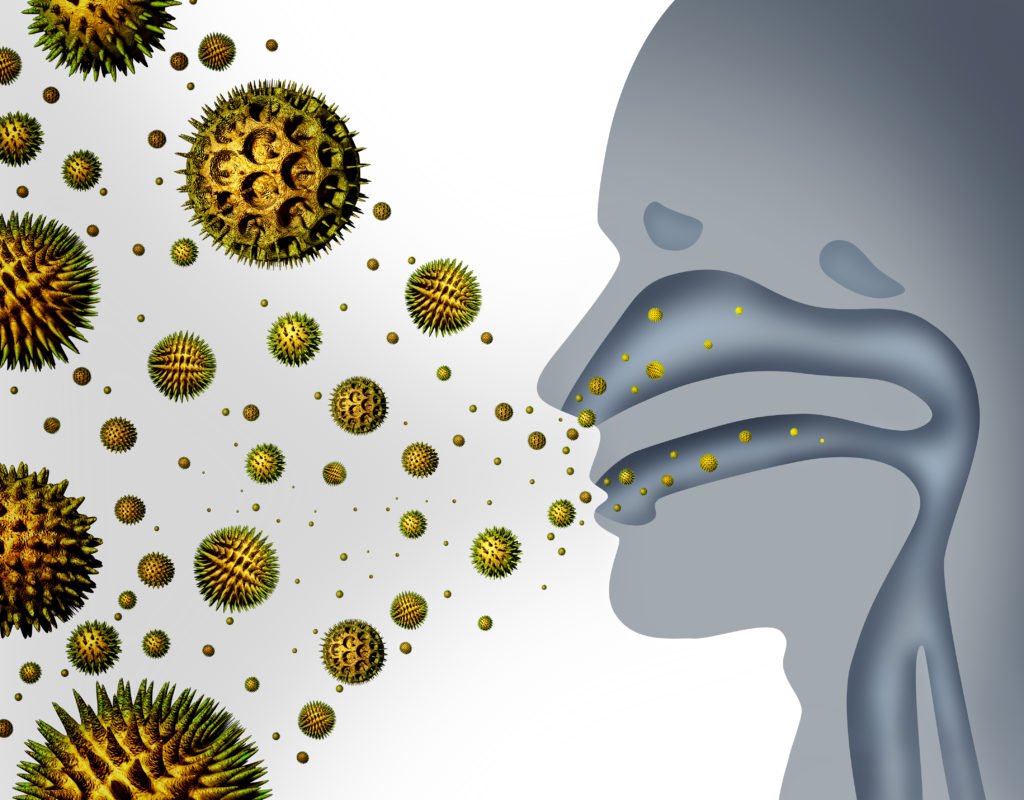Thyroid disease is very common in all age groups. Therefore, thyroid tests are advised frequently when you visit a doctor for a health check-up. A doctor may even be inclined to repeat these tests frequently, depending on the diagnosis and suspicion. Thyroid test can be broadly classified as biochemical (blood test), imaging (ultrasound of the neck) and pathology (biopsy/FNAC). All three types of test give the physician different information and one test can not substitute the other.
Commonly advised thyroid tests are listed below:
1. TSH, T3 & T4 (blood tests for thyroid):

Thyroid Stimulating Hormone (TSH) is the single most important test to assess the function of thyroid gland. It is a part of the hypothalamus-pituitary-thyroid axis and an increase or decrease in its level regulates the T3 and T4 circulating in our blood. A high TSH indicates that thyroid is under functioning, this condition is known as hypothyroidism. This means that there is a higher need for T3 & T4 in the body and to keep up with that demand, thyroid produces TSH to tell the gland to keep producing T3 & T4.
In hyperthyroidism the reverse is true. High amounts of circulating T3 & T4 reduce the TSH production. Thus, in a hyper-functioning gland the TSH is very low or even undetectable.
T3 and T4 – measure the circulating thyroid hormones in the blood. These are very rarely out of range as their levels are kept in tight range by TSH. A change in T3 & T4 are seen in extreme conditions of thyroid and/or when there is a drug interfering with their metabolism.
The normal ranges of thyroid hormones may vary slightly by the age group, sex and pregnancy.
- Listed below are average range of each thyroid hormone:
- T4 – 77–155 nmol/l
- T3 – 1.2–2.8 nmol/l
- TSH – 0.3–4 mU/l
2. Ultrasound of the neck (imaging for thyroid):

Ultrasound is the most painless and radiation free method of imaging the thyroid which provides excellent information regarding thyroid architecture and anatomical anomalies. It is the best and most basic imaging modality that should be advised when assessing the thyroid gland. Any swellings in the neck should be assessed by an ultrasound of the neck.
USG of neck is far superior in its sensitivity. It is cheap and safe as compared with the CT and MRI scans of the neck for initial evaluation. Ultrasound of the neck gives us information about the size, shape, nodularity, tissue architecture and additional nodal disease. This cannot be assessed by blood tests.
3. FNAC/B (Fine Needle Aspiration Cytology/Biopsy) of thyroid (pathology for thyroid)

When a swelling is detected in thyroid, it is imperative to know whether there are any risks for cancer or if the swelling is benign (non-cancerous). Thyroid cancers carry an excellent prognosis and are treatable with minimal effect on the normal lifespan of the individual.
Fine Needle Aspiration is using a fine bore needle to aspirate a small amount of tissue from the thyroid gland. It is the most painless method for making a “tissue” diagnosis for a thyroid disorder. It can be performed within minutes by an experienced pathologist. The report is available usually between 24 to 48 hours. Being a relatively minor and easy to perform procedure, it can easily be repeated to follow up a thyroid lesion.
Open biopsy is cutting open the skin and taking a chunk of tissue for a pathology test.
“Open Biopsy is NOT advised for thyroid”.
Thyroid disease is very common and more common in women. Thyroid tests are mostly painless and relatively cheap. It’s diseases are easily treatable with medication or surgery as indicated. There is no scientific reason for delaying a thyroid test, when it can help diagnose the disease earlier. If your doctor has suggested these tests, please get them done in a timely fashion.


